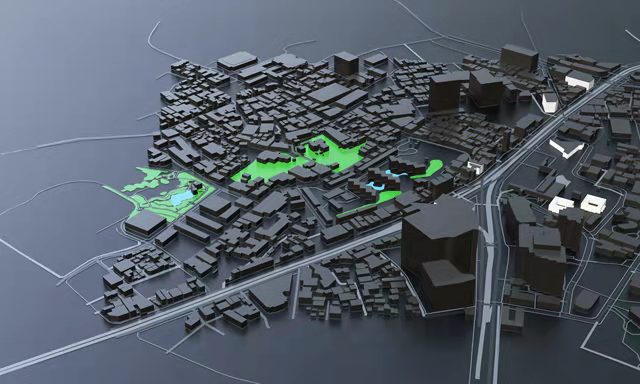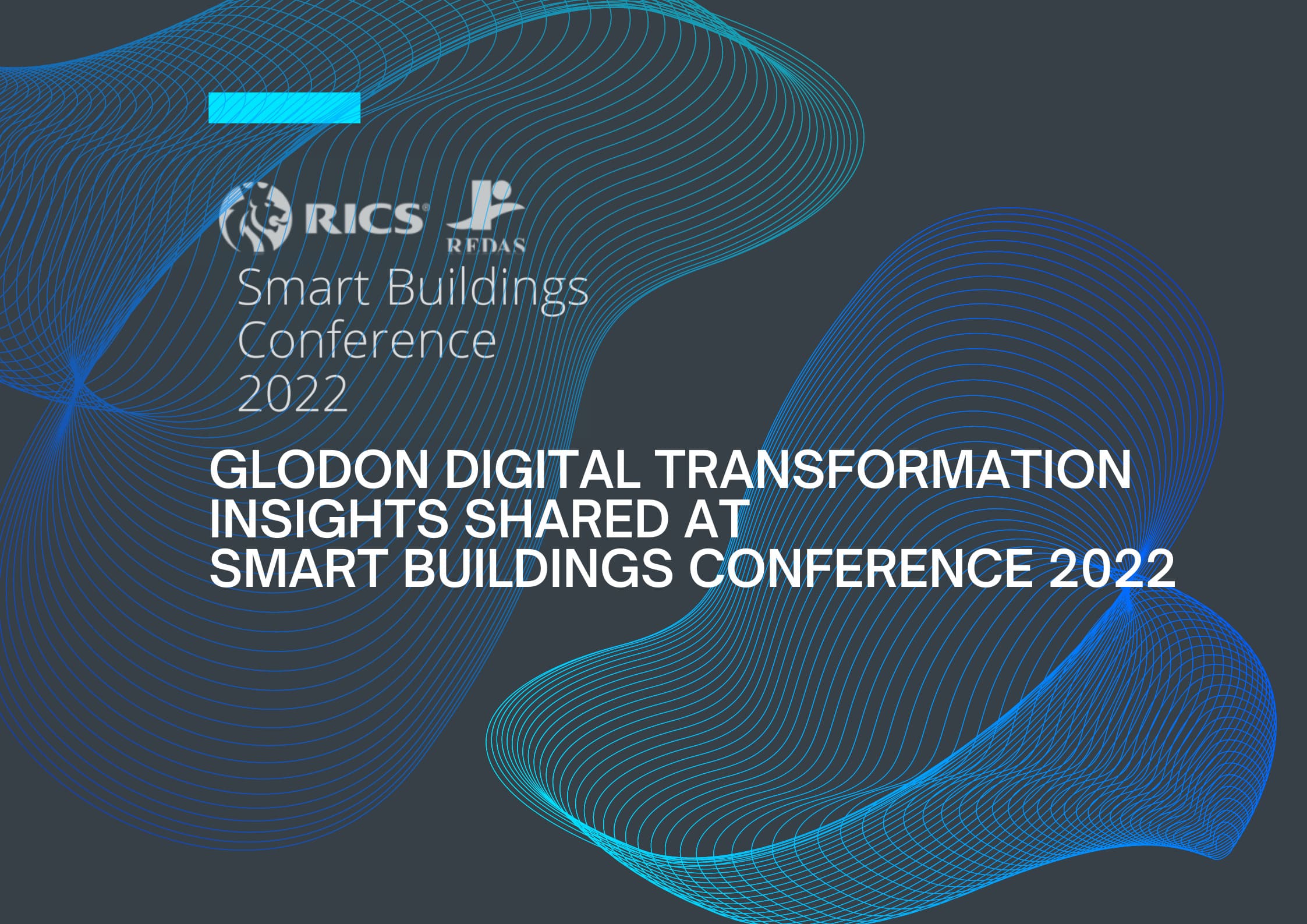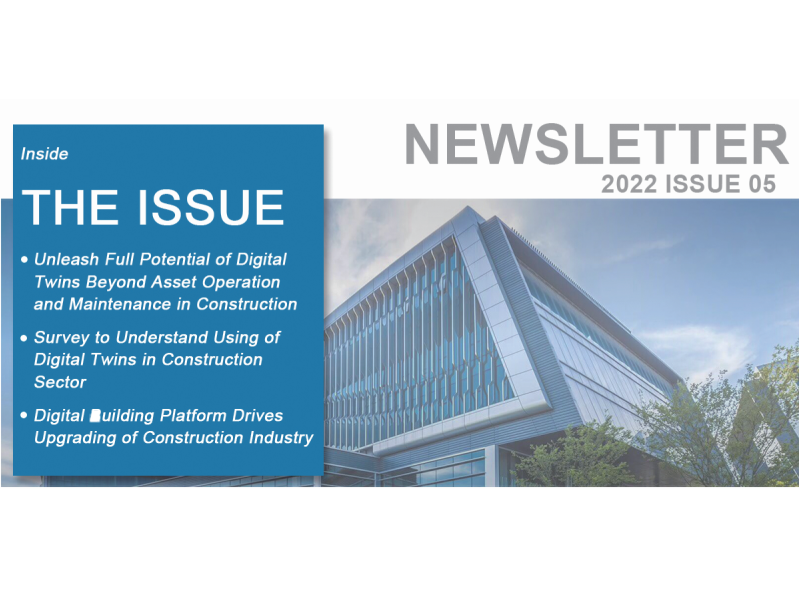Jun 13.2022
Survey to Understand Using of Digital Twins in Construction Sector
Most discussions about digital twins in the built environment sector focus on the operation and maintenance phase of assets. They have led to a view that digital twins primarily work to improve asset operation and maintenance, including the planning and procurement for operation and maintenance just before commissioning.
Does this mean digital twins should only be developed and used after the asset handover or for existing assets? How are they relevant to the profession, especially the design and construction phases? What are the three things holding back the use of digital twins in the built environment sector?
To better answer these questions, RICS, in collaboration with Glodon, conducted an online industry survey in September 2021 to collect insights on the current status and future potential of digital twins across the built environment.
By the time the survey was closed in early November 2021, there were 752 views, 366 starts, and 196 responses. Of these, 184 valid responses were used for further analysis. Of the respondents, 50.2% work in the broad areas of project management, construction and quantity surveying, and infrastructure, with 14.8% selecting design and engineering as their primary job role. There was a good mix of organization sizes represented by the respondents. Micro and small organizations represent 24.3% of the responses, while 37.3% are from large organizations with over 1,000 employees.
From the survey, it is clear that digital twins in the built environment sector are still developing. While they present several benefits, there remain numerous blockers to their use. Key results of the survey are presented below.
Use of digital twins in construction sector is still low
Of the respondents, 16.9% stated that they are not familiar with digital twins, while 21.5% are
using digital twins, and 42.4% are currently exploring the use of digital twins. More details about the current use of digital twins are provided in Figure 1.
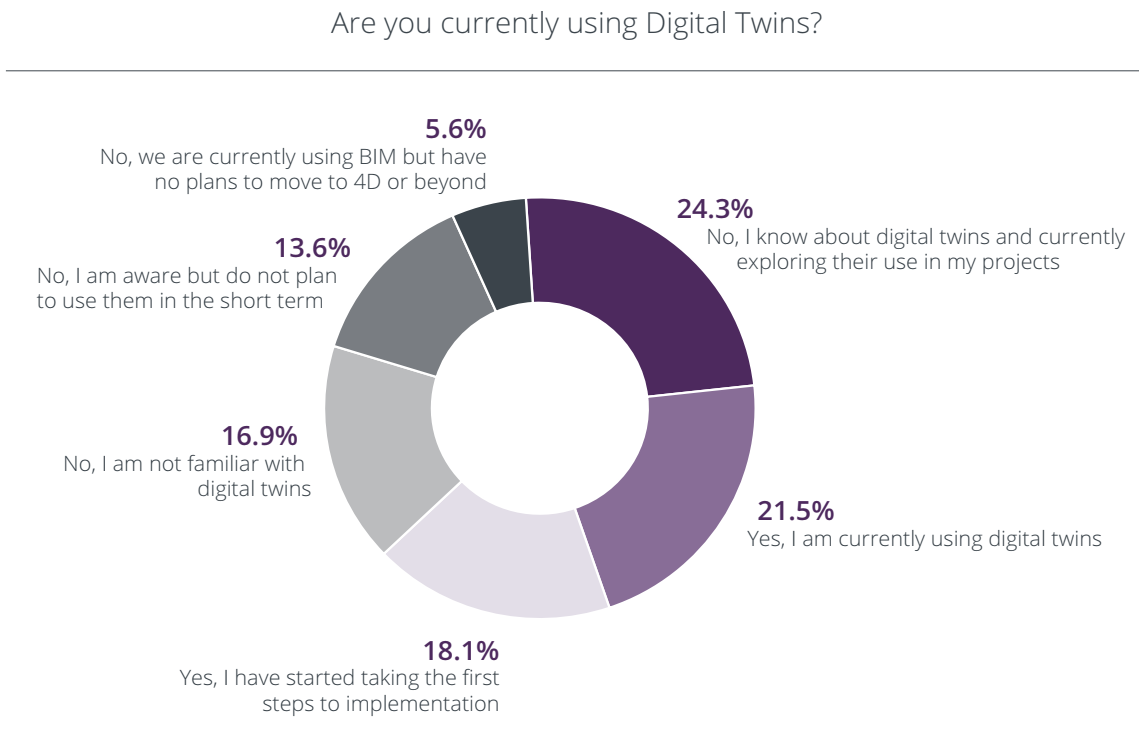
Figure 1 : Current use of digital twins
Data are a priority of digital twins implementation during all lifecycle phases
When asked to select the top three current uses or possible uses of digital twins in the design and construction phase, 54.4% of the respondents selected ‘Facilitating data sharing to deliver performance efficiencies for all stakeholders’ as their top choice (see Figure 2). Other top choices included 53.7% selecting ‘Gathering real-time site data for decision making and collaboration' and 41.5% selecting ‘Progress monitoring and project controls’. Surprisingly only 27.2% of respondents selected ‘Enhancing the handover process’ in their top three choices, with a fifth overall ranking.
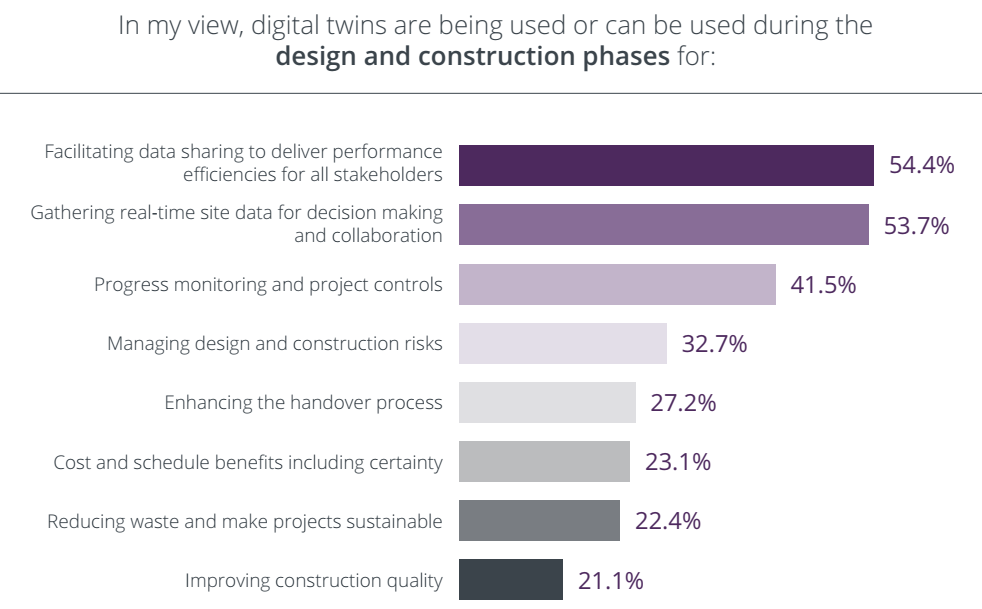
Figure 2 : Choices of uses during design and construction
In Figure 3, the top three selection of uses during the operation phase are provided. ‘Gathering real-time asset operation and maintenance data’ received the highest rank.
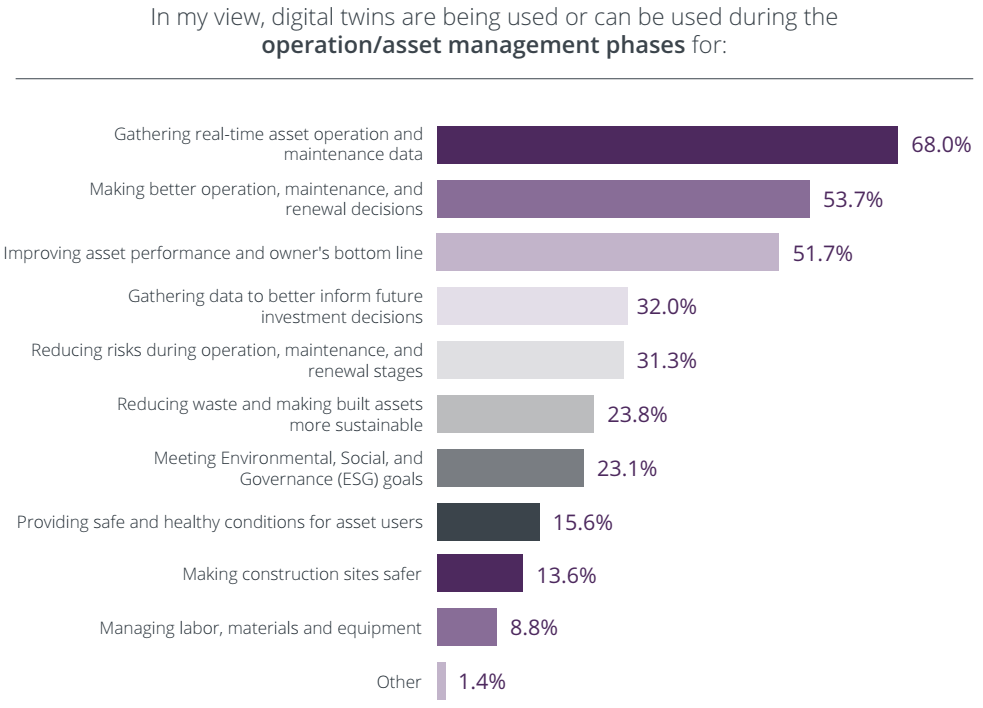
Figure 3 : Choices of uses during operation phase
As-built BIM models are the top deliverable requested by clients
In the top three choices of digital twin deliverables demanded by clients’, respondents ranked ‘As-built BIM models’ as first with 53.1%, ‘Dashboards showing connected real-time asset data’ as second with 48.4%, and ‘Digital assets for various work processes’ as third with 46.9% of respondents (Figure 4).
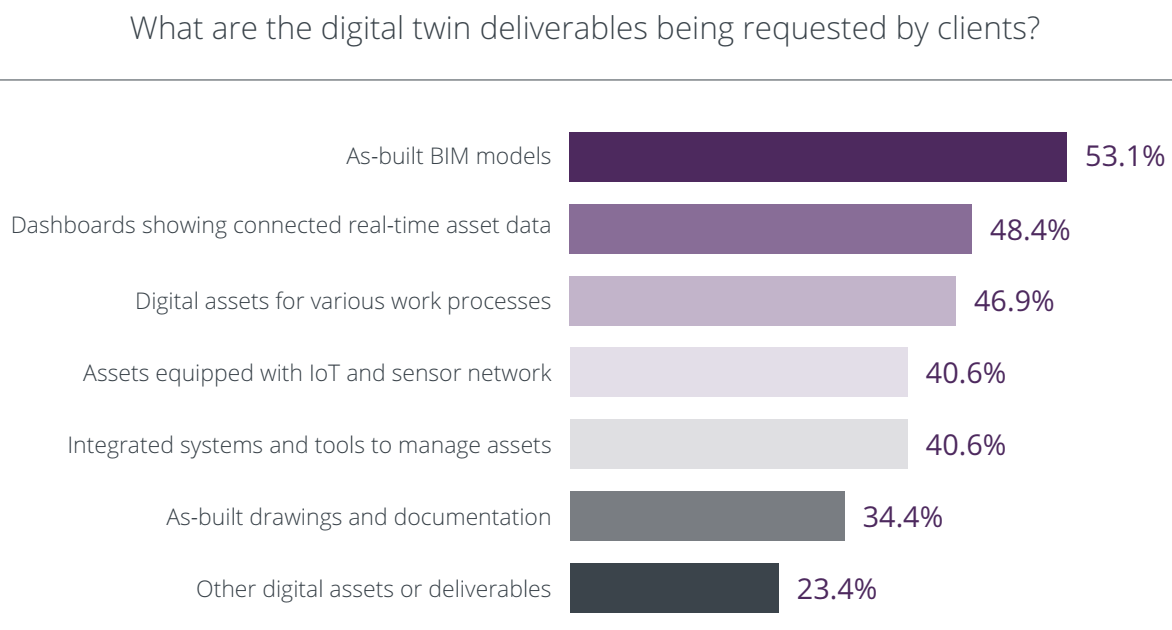
Figure 4 : Deliverables requested by clients
Digital twins for asset whole lifecycle are highly recognized
When asked if they would deploy a digital twin on a project, 64% of the respondents saw the benefits of developing, deploying and using digital twins over the whole lifecycle of the asset (Figure 5).

Figure 5 : Life cycle uses of digital twins
High cost is the top blocker that hinders adoption of digital twins
‘High costs, including direct and hidden costs,’ ‘No demand or financial support from clients,’ and ‘Perceived complexity due to lack of information and training’ were ranked as the top three blockers that hinder the use of digital twins during the design and construction phases (Figure 6).
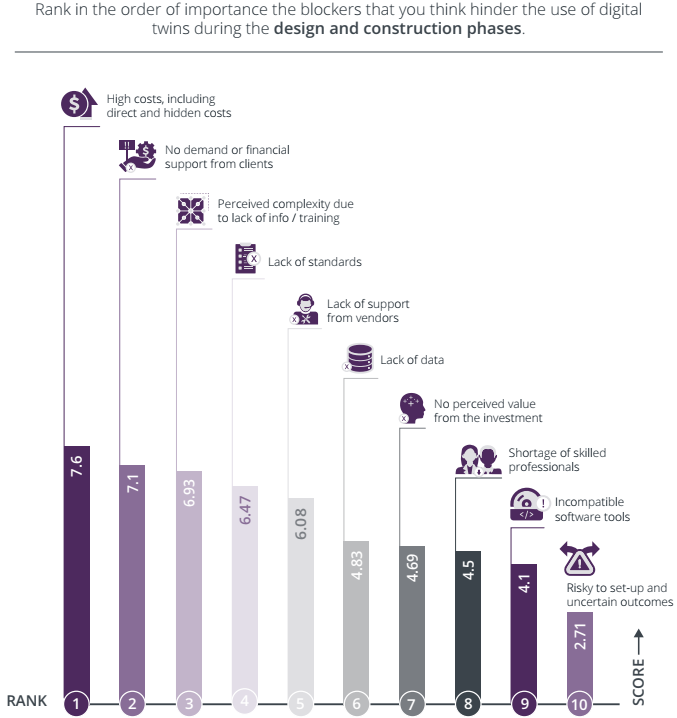
Figure 6 : Blockers during the design and construction phases
‘High costs, including direct and hidden costs,’ ‘No demand or financial support from clients,’ and ‘Lack of standards’ were ranked as the top three blockers that hinder the use of digital twins during the operation and maintenance phases (Figure 7).
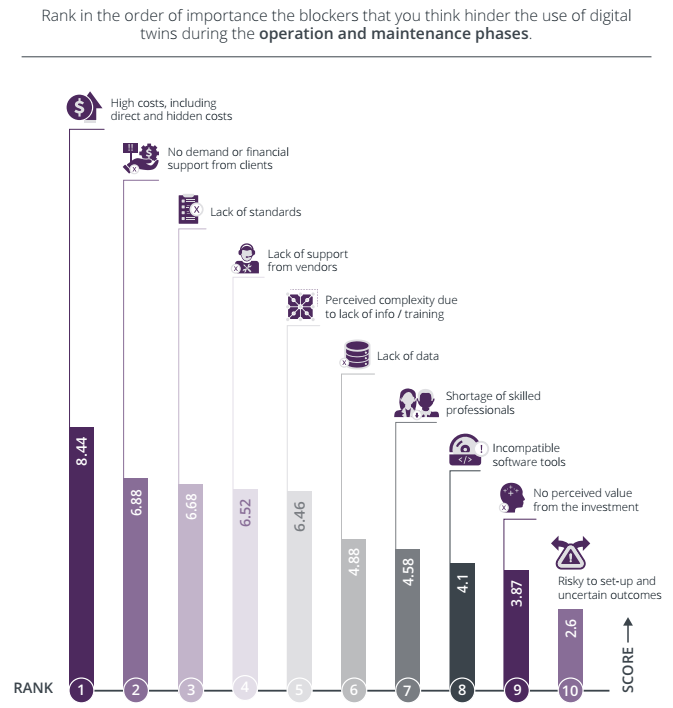
Figure 7 : Blockers during the operation and maintenance phases
To know more findings of the survey and study. Click here to download the full report.


